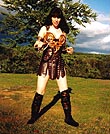|
|
 
|
|
Author
|
Topic: Golden Triangle of Film?
|
|
|
|
|
Jeffry L. Johnson
Jedi Master Film Handler

Posts: 809
From: Cleveland, Ohio, USA
Registered: Apr 2000
|
 posted 10-13-2006 11:51 AM
posted 10-13-2006 11:51 AM





Golden Ratio?
A Conversation With Cinematographer M. David Mullen, ASC By Michael Coate
quote:
There are two aspects to scope compositions. One is when you're using the breadth and size of the image to increase the visceral, immersive, three-dimensional quality. It's the wide-angle Cinerama effect where you feel you're more IN the image rather than looking AT the image. The other aspect is the two-dimensional effect where you're using the width of the format to create unusual compositional effects like imbalanced framing, someone offset far to one side. You really feel that imbalance with the 2.35:1 frame; you can deviate farther from the classical balance of picture elements that you would have in the 1.85:1 frame, which is closer to the “golden rectangle” of painting. The 2.35:1 frame is more like modern art… it allows you to use negative space and other elements more graphically. Telephoto lenses can help this effect, but it also has the opposite effect of the immersive 3D quality of wide-angle scope photography. In fact, most films alternate constantly between seeming immersive and looking flat.
"The short and the fat of it" by David Mamet
quote:
Eisenstein's theories, Hitchcock's and De Sica's practice came in the days of the film aspect ratio of 1:1:33. That is, the screen and the projected image were in the golden mean, slightly wider than they were high - the general classical dimensions of a picture frame. Why were the image and the picture frame found in that size?
Rudolph Arnheim, in Film as Art, writes that the human being naturally "imagines" in that format. It perfectly frames the face, the torso of one or two figures, and most objects. It is a good format, as per the Eisenstein theory, for cutting from shot A to shot B. But the aspect ratio changed. Starting in the 1950s, with Cinemascope and VistaVision, the screen got wider and wider.
The "Academy" Ratio - The Shape of Movies Before 1953
quote:
John Belton speculates in his book "Widescreen Cinema" that since Dickson quickly established a film image width of 1 inch (perforations on each side of the 35mm filmstrip that Dickson used left just enough space for a 1 inch wide image), "The use of a three-quarter inch height would appear to maximize the number of frames/images Dickson could create in the short fifty-foot strips of film he initially used, while providing an aspect ratio that still remained close to the Golden Section of 1.618:1 (also known as the Divine Proportion, the Golden Cut, and the Golden Rectangle) of Greek art." Whatever the reason, Dickson's choice of the 4:3 ratio for the Edison film images quickly became the "standard", due principally to, " the monopolistic practices and business acumen of Thomas Edison and George Eastman, who oversaw the innovation and diffusion of this invention." (Widescreen Cinema ) By 1896, once the Lumière Brothers, the largest producer of motion picture films in Europe at that time, adopted the 35mm film format and the 4:3 aspect ratio, this "standard" became international.
| IP: Logged
|
|
Phil Hill
I love my cootie bug
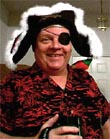
Posts: 7595
From: Hollywood, CA USA
Registered: Mar 2000
|
 posted 10-13-2006 07:10 PM
posted 10-13-2006 07:10 PM



quote: Matthew Stevens
Does anyone know what the golden triangle of film is?
Like the Golden Section, the Golden Spiral, the Rule of Thirds, etc., the Golden Triangle is a method of frame composition used to manipulate the viewer's eyes to what the cinematographer wants them to see. Basically, the 3 most "important" elements of the picture are placed at the vertices of an imaginary triangle within the frame. The most significant story-element taking up the most real-estate of the frame.
Composition is one of the 5 "C's" of film. Composition, Continuity, Close-ups, Camera angles, and Cutting.
A book I got as a teen and "learned it", and still use the info/method when doing a shoot is "The Five C's of Cinematography" by Mascelli. Still a great book today.
| IP: Logged
|
|
|
|
|
|
|
|
|
|
|
|
|
|
All times are Central (GMT -6:00)
|
|
Powered by Infopop Corporation
UBB.classicTM
6.3.1.2
The Film-Tech Forums are designed for various members related to the cinema industry to express their opinions, viewpoints and testimonials on various products, services and events based upon speculation, personal knowledge and factual information through use, therefore all views represented here allow no liability upon the publishers of this web site and the owners of said views assume no liability for any ill will resulting from these postings. The posts made here are for educational as well as entertainment purposes and as such anyone viewing this portion of the website must accept these views as statements of the author of that opinion
and agrees to release the authors from any and all liability.
|

 Home
Home
 Products
Products
 Store
Store
 Forum
Forum
 Warehouse
Warehouse
 Contact Us
Contact Us




 Printer-friendly view of this topic
Printer-friendly view of this topic






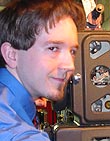



![[thumbsup]](graemlins/thumbsup.gif)
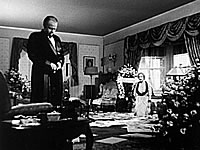
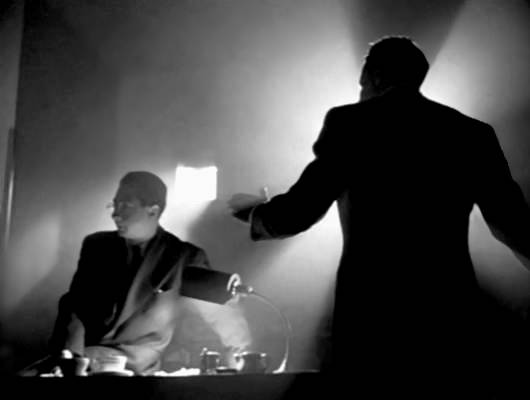
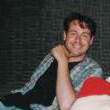
![[Big Grin]](biggrin.gif)
![[Smile]](smile.gif)
